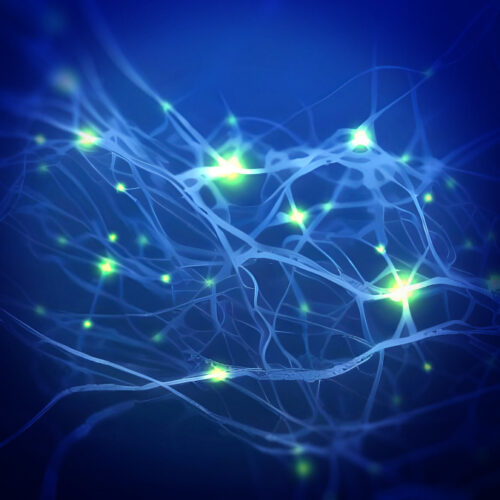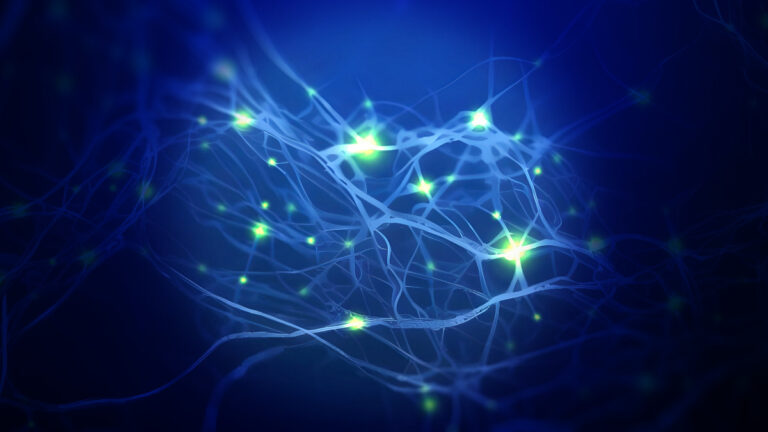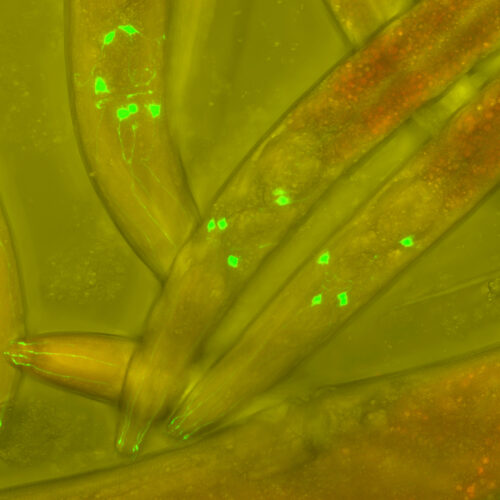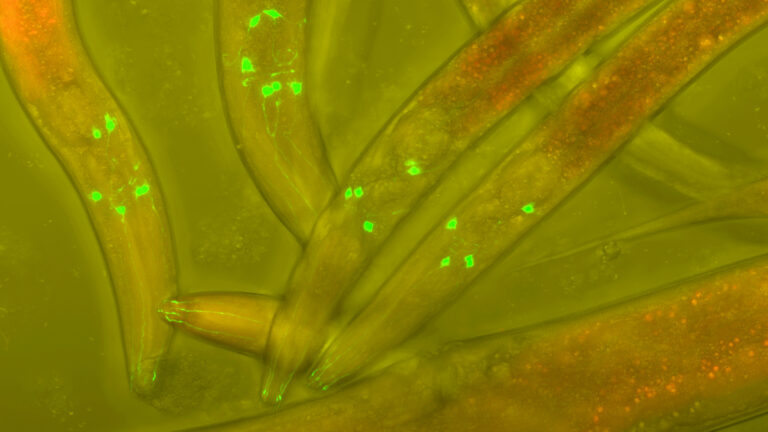In stunning Nobel win, AI researchers Hopfield and Hinton take 2024 Physics Prize
On Tuesday, the Royal Swedish Academy of Sciences awarded the 2024 Nobel Prize in Physics to John J. Hopfield of Princeton University and Geoffrey E. Hinton of the University of Toronto for their foundational work in machine learning with artificial neural networks. Hinton notably captured headlines in 2023 for warning about the threat that AI superintelligence may pose to humanity. The win came as a surprise to many, including Hinton himself.
"I'm flabbergasted. I had no idea this would happen. I'm very surprised," said Hinton in a telephone call with members of the Royal Swedish Academy of Sciences during a live announcement press conference streamed to YouTube that took place this morning.
Hopfield and Hinton's research, which dates back to the early 1980s, applied principles from physics to develop methods that underpin modern machine-learning techniques. Their work has enabled computers to perform tasks such as image recognition and pattern completion, capabilities that are now ubiquitous in everyday technology.


© CHRISTOPH BURGSTEDT/SCIENCE PHOTO LIBRARY via Getty Images

